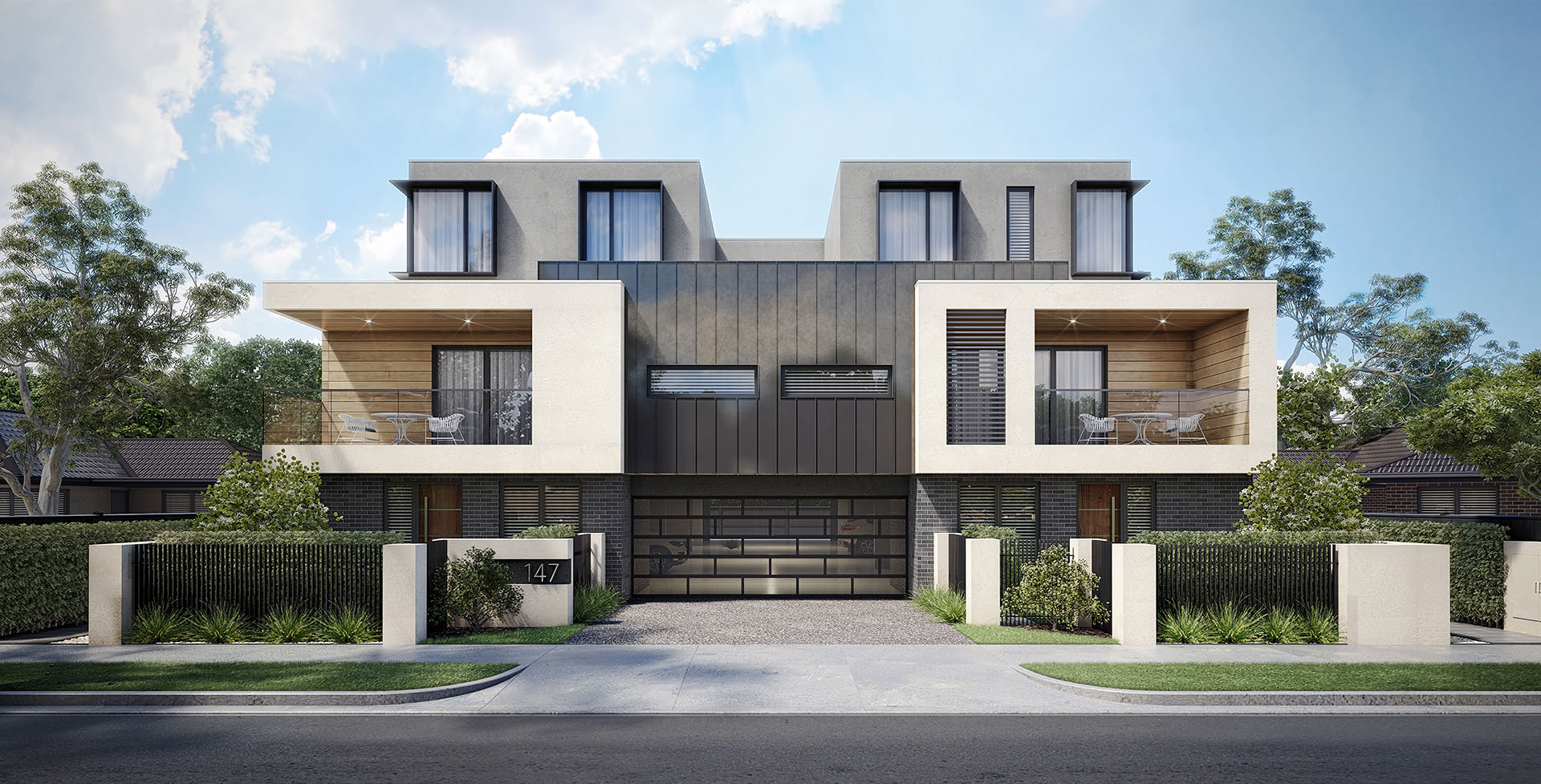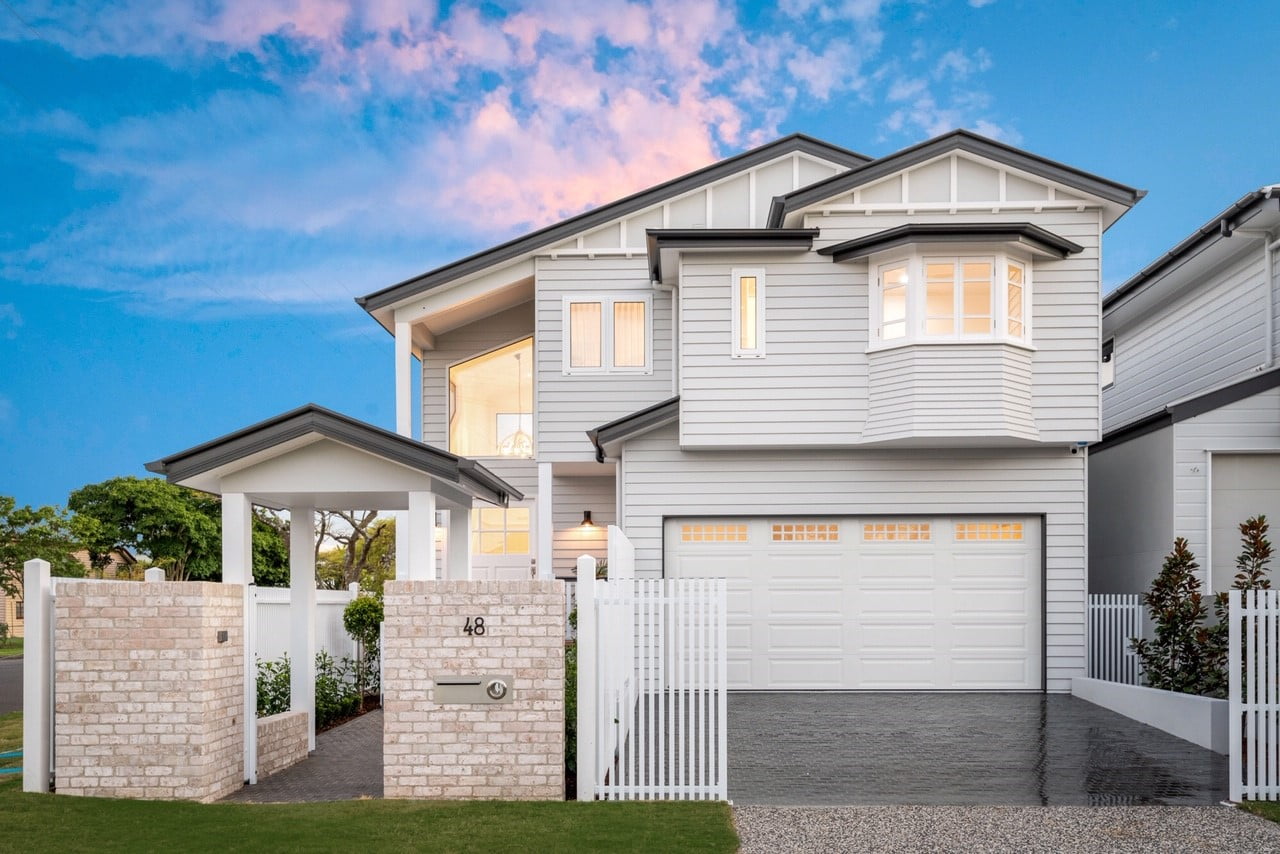Residential Interior Architect: Specialized Design Services for Beautiful Living Spaces
Residential Interior Architect: Specialized Design Services for Beautiful Living Spaces
Blog Article
Leading Fads in Residential Design You Must Understand About
As household style proceeds to progress, numerous compelling patterns are forming the method we develop and occupy our living spaces. Key advancements such as lasting building practices, the integration of smart home modern technology, and the surge of modular homes underscore a considerable change in the direction of both capability and ecological responsibility. Furthermore, concepts like open plan living and biophilic layout are redefining our interaction with room and nature. Comprehending these patterns not only notifies style choices but additionally exposes wider implications for way of life and area - residential house architect. What might these advancements suggest for the future of household living?
Lasting Structure Practices
A raising number of domestic jobs are embracing sustainable building methods, driven by an expanding understanding of ecological effect and power effectiveness. This shift is characterized by the combination of eco-friendly products, energy-efficient styles, and innovative construction approaches. Homeowners and building contractors are significantly prioritizing making use of renewable energies, such as bamboo and recycled metals, which not only reduce the carbon impact yet also enhance the resilience and visual allure of homes.
Incorporating energy-efficient systems is an additional crucial facet of lasting building - residential house architect. Attributes such as high-performance insulation, energy-efficient windows, and photovoltaic panels are ending up being requirement in new property designs. These components not only add to reduced power consumption yet additionally provide substantial long-lasting savings for homeowners
Furthermore, the layout of lasting homes frequently emphasizes natural light and air flow, decreasing the dependence on artificial lighting and environment control systems. Landscaping practices, such as xeriscaping, further advertise sustainability by minimizing water use.
As the demand for sustainable living services proceeds to increase, the domestic style industry is poised to introduce and adapt, ensuring that future homes are not just environmentally responsible but functional and additionally comfortable for their owners. - residential house architect
Smart Home Innovation
Smart home technology is changing the way house owners interact with their home, improving safety and security, ease, and power administration. This ingenious strategy integrates numerous devices and systems, allowing users to control their homes from another location or via automated procedures. Central to this pattern is using smart tools such as thermostats, lighting, safety video cameras, and home appliances, all linked by means of the Internet of Points (IoT)
Among one of the most attractive features of wise home modern technology is the capability to personalize settings for ideal power effectiveness. Home owners can keep an eye on power usage and adjust air conditioning, illumination, and heating based upon their routines, considerably minimizing energy expenses. Moreover, sophisticated safety systems equipped with wise locks and security cams offer tranquility of mind, allowing remote tracking and informs to prospective safety and security breaches.
Assimilation with voice-activated assistants enhances individual experience, permitting homeowners to regulate devices with basic voice commands. As technology continues to advance, the capacity for clever home systems to enhance high quality of life expands, making them a vital factor to consider in contemporary property architecture. Ultimately, wise home technology is not simply a pattern yet a fundamental change toward more smart living settings.
Open Concept Living
Open up concept living has actually arised as a defining feature in modern household style, characterized by the removal of typical barriers in between areas. This layout philosophy promotes fluidity and connectivity within the home, enabling for a smooth change between locations such as the cooking area, eating, and living areas. By getting rid of dividings and walls, open concept designs develop a feeling of spaciousness, fostering an inviting environment that enhances social interaction.

Additionally, this approach to household design aligns with minimalism, concentrating on practical simpleness and aesthetic comprehensibility. Home owners value the convenience of these designs, which can be conveniently adapted to mirror personal style via furnishings setup and decoration. As open concept living proceeds to acquire grip, it stays a testimony to advancing family characteristics and the need for homes that improve link and comfort.
Biophilic Style
Biophilic style has come to be progressively substantial in residential design, stressing the innate find this link between people and nature. This layout philosophy looks for to integrate natural components right into living spaces, therefore promoting a feeling of health and enhancing the lifestyle for owners. By incorporating functions such as natural light, plants, and organic materials, biophilic style advertises a harmonious connection in between interior settings and the environment.
Trick elements of biophilic design include big home windows that offer unobstructed views of outside landscapes, living walls that introduce greenery right into interiors, and open layout that encourage airflow and natural light penetration. Water attributes, both within and outside the home, serve to produce calming ambiences and improve sensory experiences.
Furthermore, making use of lasting materials not only sustains ecological stewardship yet likewise contributes to healthier interior air high quality. As recognition of environmental issues rises, home owners are progressively focusing on styles that mirror their connection to nature. Basically, biophilic style not just elevates visual charm but likewise addresses emotional and psychological requirements, making it an essential fad in contemporary residential design.
Modular and Prefab Residences

Moreover, modular and prefab homes are created with sustainability in mind. Several suppliers make use of environmentally friendly materials and energy-efficient systems, such as photovoltaic panels and progressed insulation strategies, adding to lowered power intake and lower energy costs for property owners. The adaptability of design options allows for customization, satisfying diverse visual choices and useful demands.
As the demand for economical housing remains to climb, prefab and modular homes present a viable solution, addressing both economic and ecological difficulties. Communities are significantly identifying the possibility of these frameworks, see this here incorporating them into urban and country setups. In general, the fad toward modular and prefab homes signifies a shift towards more lasting, reliable, and adaptable living environments, making them a critical element of modern domestic architecture.
Conclusion
Lasting structure methods and wise home modern technologies boost effectiveness and benefit, while open concept living and biophilic design foster social communication and a connection to nature. The rise of modular and prefab homes uses personalized and economical options, mirroring a broader change towards functional and accountable living.
Trick developments such as sustainable structure practices, the integration of clever home modern technology, and the rise of modular homes emphasize a substantial change in the direction of both functionality and environmental duty.The surge of prefab and modular homes has actually changed the property style landscape, using innovative remedies for reliable and sustainable living.Moreover, modular and prefab homes are created with sustainability in mind. Overall, the pattern towards modular and prefab homes indicates a shift towards more lasting, effective, and versatile living environments, making them a pivotal facet of contemporary domestic style.
Lasting building methods and wise home innovations boost performance and ease, while open idea living and biophilic design foster social interaction and a connection to nature.
Report this page